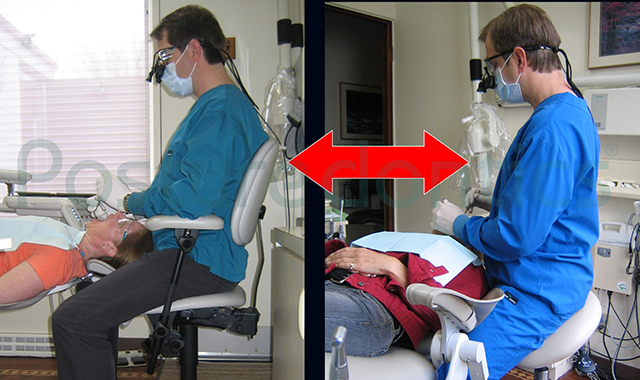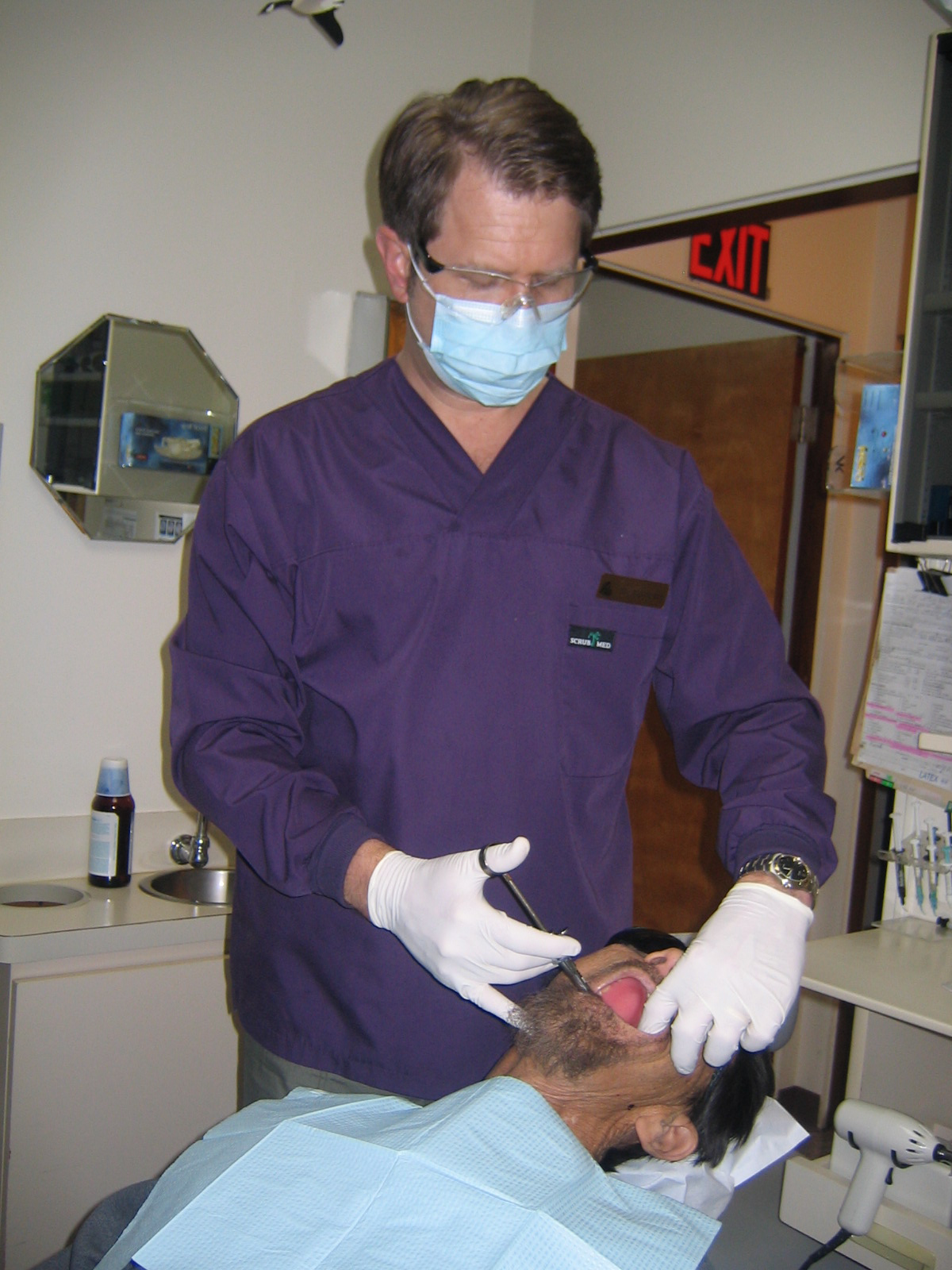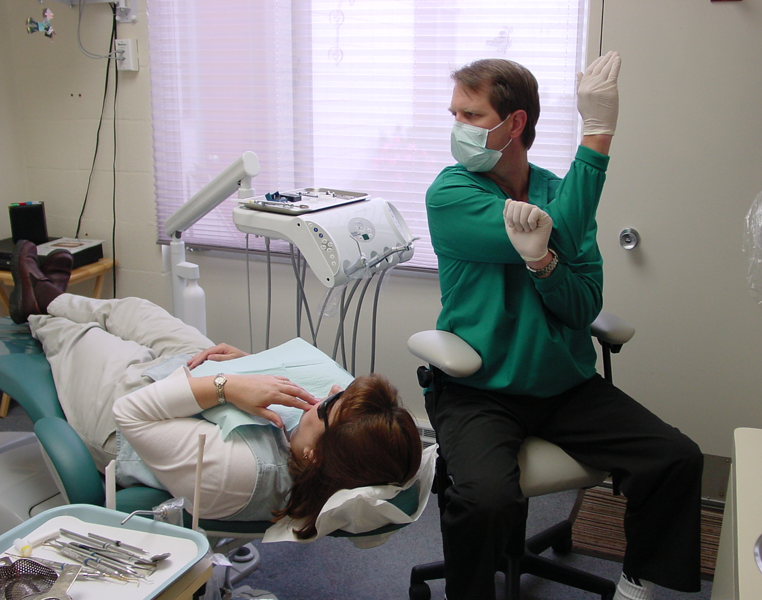4 movement strategies for pain-free dental career
The secret to preventing occupation-induced pain isn’t so secret after all - in fact, it’s the most natural thing you can do.

According to a 2010 study, women who sit more than six hours each day have approximately a 40-percent higher death rate and men a 20-percent higher death rate than those who sit fewer than three hours a day. This isn’t good news for dentists, who tend to sit in excess of six hours during an average eight-hour day.
The human body was designed for movement. Over thousands of years, the human body has depended on movement for its survival. But industrial and technological advances have done much to impede Mother Nature. With the onset of the Industrial Revolution, increasing numbers of workers perform relatively stationary tasks. With the advent of computers, the number of sedentary jobs has increased, as have the number of musculoskeletal disorders. One study showed the prevalence of low-back pain has increased by 2,700 percent from 1980 to 1993. It’s reasonable to infer that changes in the way we use our bodies has contributed to this dramatic increase in work-related pain. In short, the body must move - and move properly - to stay healthy.
Fig. 1

Since the introduction of seated (four-handed) dentistry, dentists tend to work for longer periods of time without taking a break and they perform longer procedures. Consider that when you sit in a static operating posture without leaning on your chair’s backrest, more than 50 percent of your body’s muscles must contract to hold the body motionless while resisting gravity. The static forces resulting from these prolonged, static postures are much more taxing on the body than dynamic (moving) forces.
Movement is imperative in your operatory to decrease the structural damage from prolonged, static postures. You can incorporate the following four movement strategies to help you move the workload from one group of muscles to another, prevent painful muscle ischemia and reduce static spinal disc loading.
Related reading: 7 more ergonomics tips that could save your career
1. Change operating positions
Moving frequently between 8 and 12 o’clock positions around the patient’s head is important; every time you move around the patient’s head, the workload shifts slightly from one area in your body to another. Your clock position will largely depend upon which position enables you a line of sight that’s perpendicular to the occlusal surface. The 11-12 o’clock positions provide the most neutral, ergonomic operator posture and should be utilized whenever possible.
A common ergonomic error among dentists is not positioning the patient properly when working on the upper arch, causing forward leaning and twisting. The occlusal plane of the upper arch should be up to 20 degrees backward in relation to the vertical plane. Patient tolerance to this positioning can be dramatically improved with specially designed positioning aids.
Fig. 2

2. Switch stools
Research shows that regularly changing your seated posture can reduce low back pain. Consider placing a traditional stool with armrests in one operatory and a saddle-style stool in another. The saddle stool will place the dentist halfway between standing and sitting, which uses different muscles than traditional seating and also decreases spinal disc pressure (Fig. 1).
Saddle stools have additional ergonomic benefits. By placing the pelvis in a neutral position, the natural spinal curves are more easily maintained. Since they open the hip angle, saddle stools are ideal for gaining close proximity in the 9 o’clock position, (especially helpful when working with wide patient chairs) and a good choice for dentists with short torsos who frequently find themselves working with elevated arms. Saddle stools allow for lower positioning of the patient and a more relaxed arm and shoulder posture. They’re also very easy to move around the patient’s head and great for confined operatory spaces.
Trending article: Resolving upper-back pain in dental professionals
3. Alternate between standing and sitting
One study reveals that dentists who alternate between standing and sitting have less low-back pain than dentists who worked solely in a seated position. Dentists tend to spend more than three-fourths of their total working hours seated, which places increased pressure on the lumbar discs.
Fig. 3

Consider standing for extractions, exams, denture adjustments, injections and impression making (Fig. 2). You’ll need to ensure that your patient chair elevates to a height that enables a neutral standing posture when working. When standing, and especially for extractions, the mouth should be just below elbow level.
4. Chairside stretching
Chairside stretching is the only operatory ergonomic intervention that addresses every microtrauma resulting from prolonged, static postures (Fig. 3). Research reveals that taking frequent breaks and moving are integral to an effective injury prevention program and pain control in dentistry.
Oral Health Pavilion at HLTH 2024 Highlighted Links Between Dental and General Health
November 4th 2024At HLTH 2024, CareQuest, Colgate-Palmolive, Henry Schein, and PDS Health launched an Oral Health Pavilion to showcase how integrating oral and general health can improve patient outcomes and reduce costs.
Episode 31: Dentsply Sirona Implant Announcements
September 30th 2021DPR’s Editorial Director Noah Levine sat down with Gene Dorff, Dentsply Sirona’s group vice president of implants and Dr. Dan Butterman to review several big announcements the company made in the arena of implants during Dentsply Sirona World 2021 in Las Vegas.